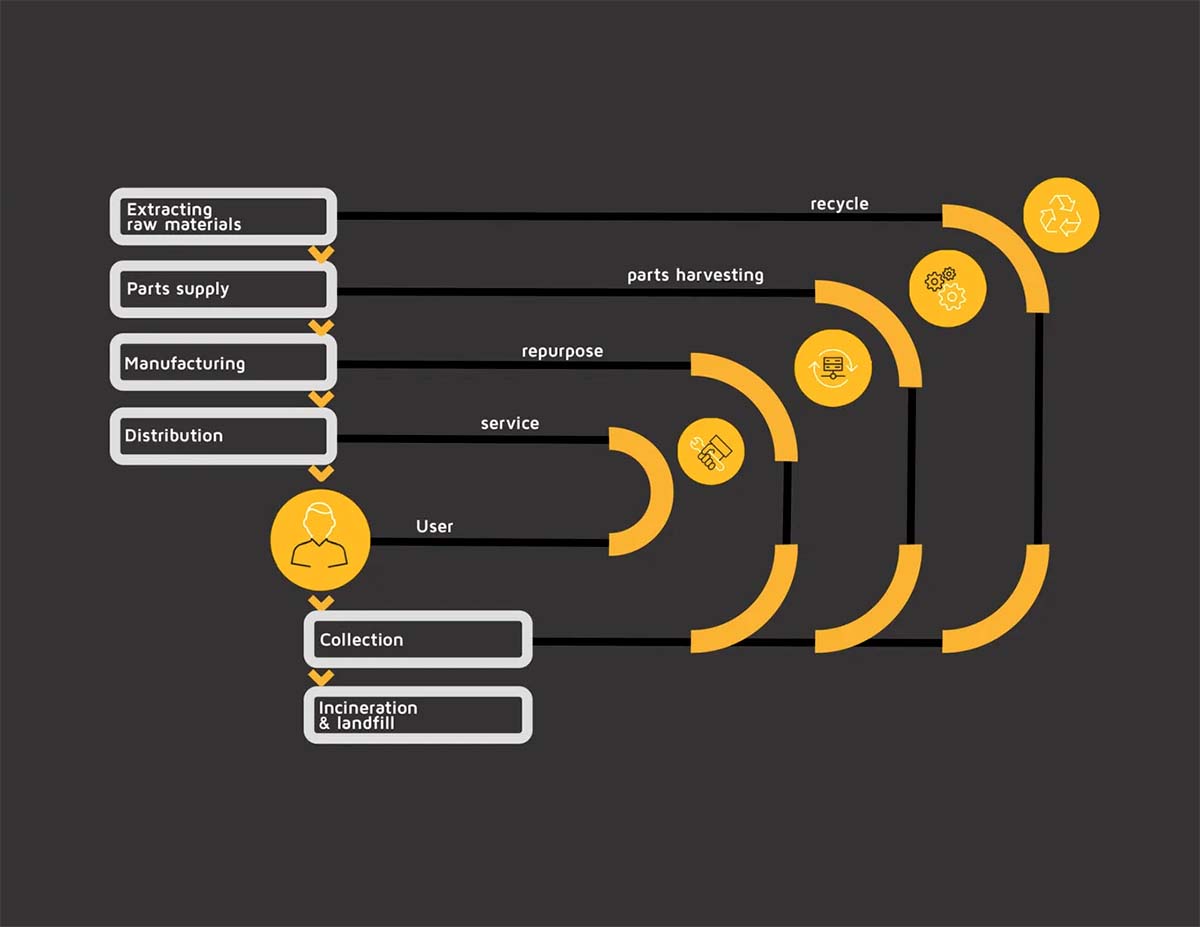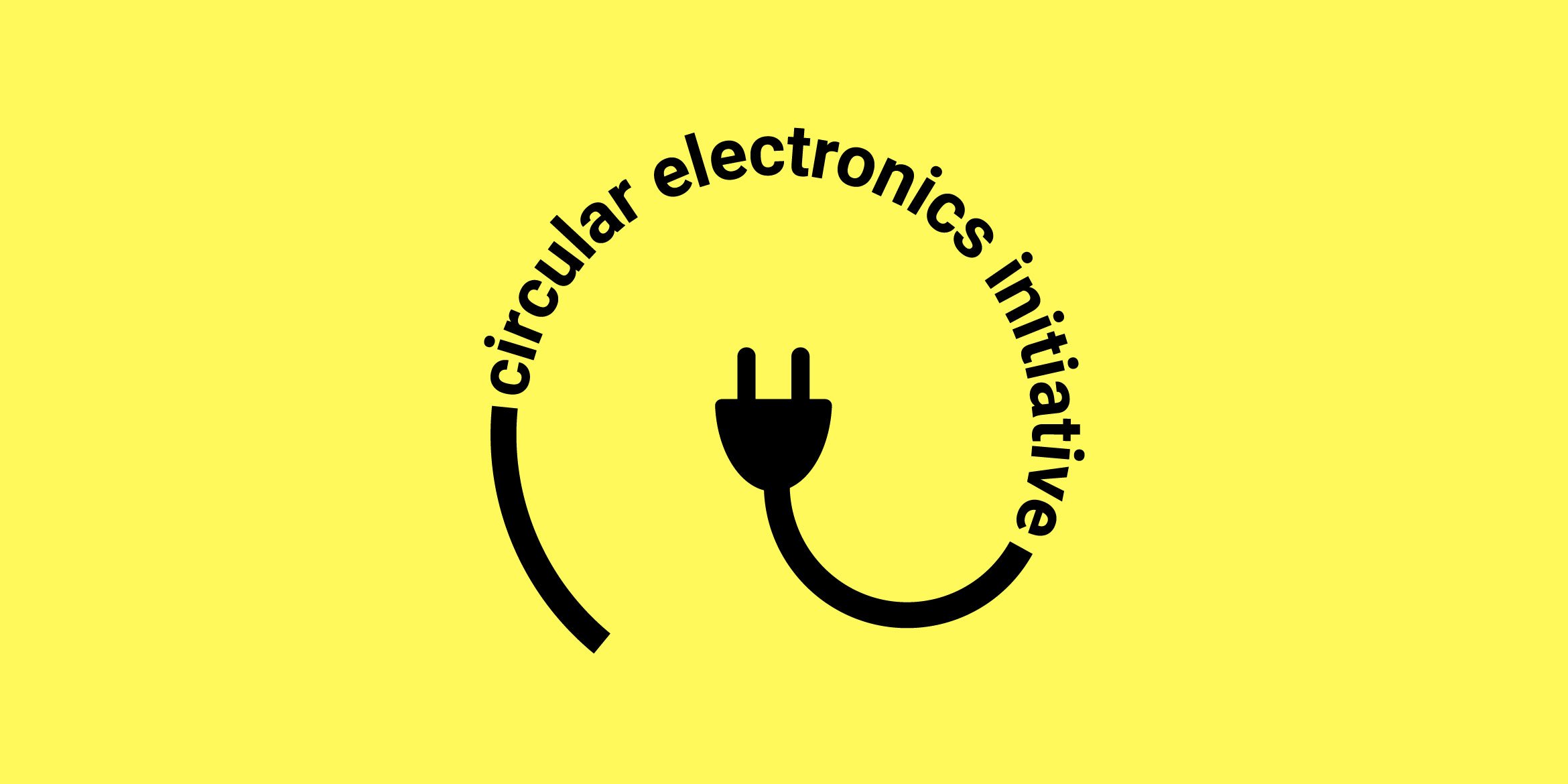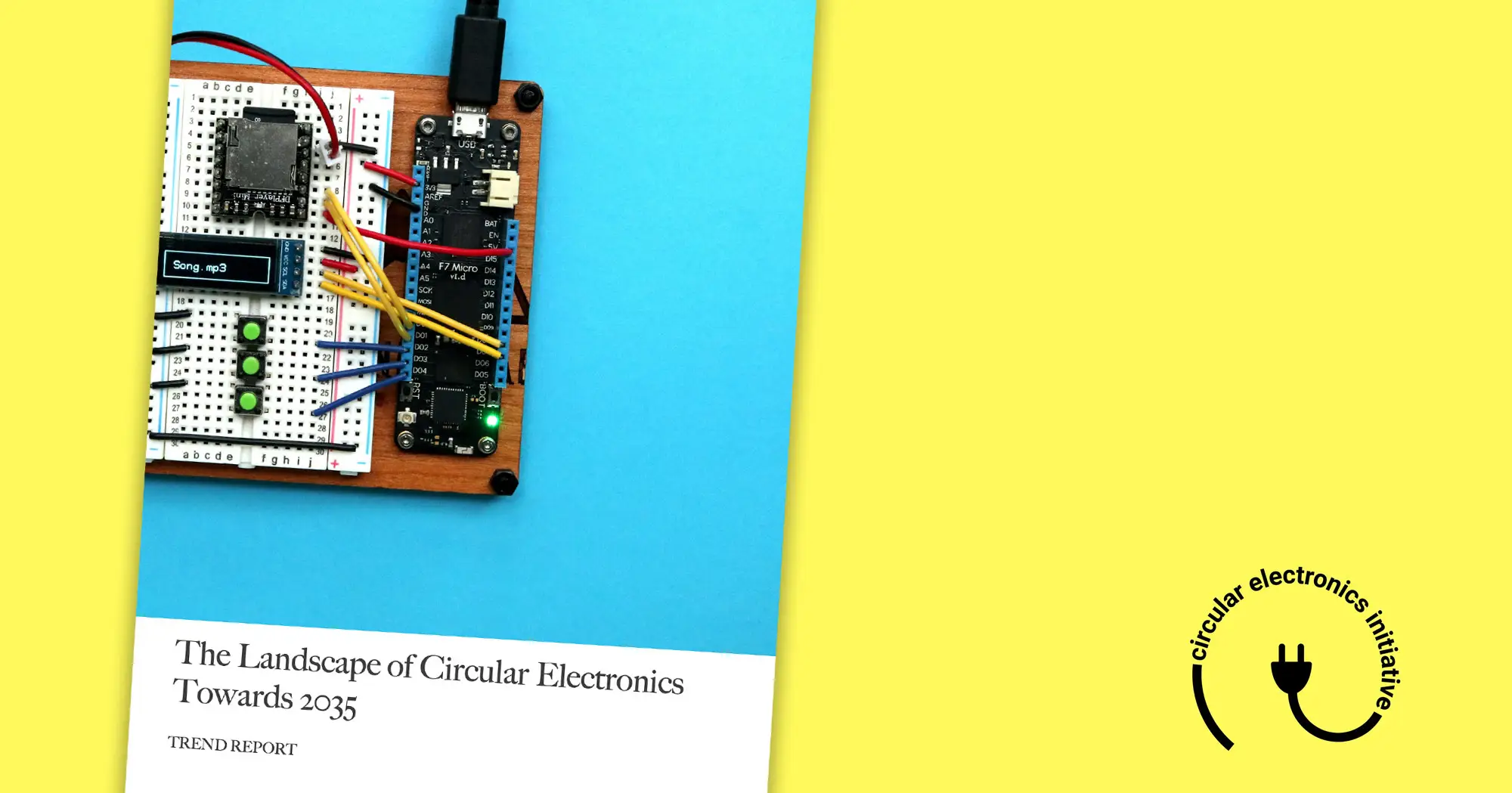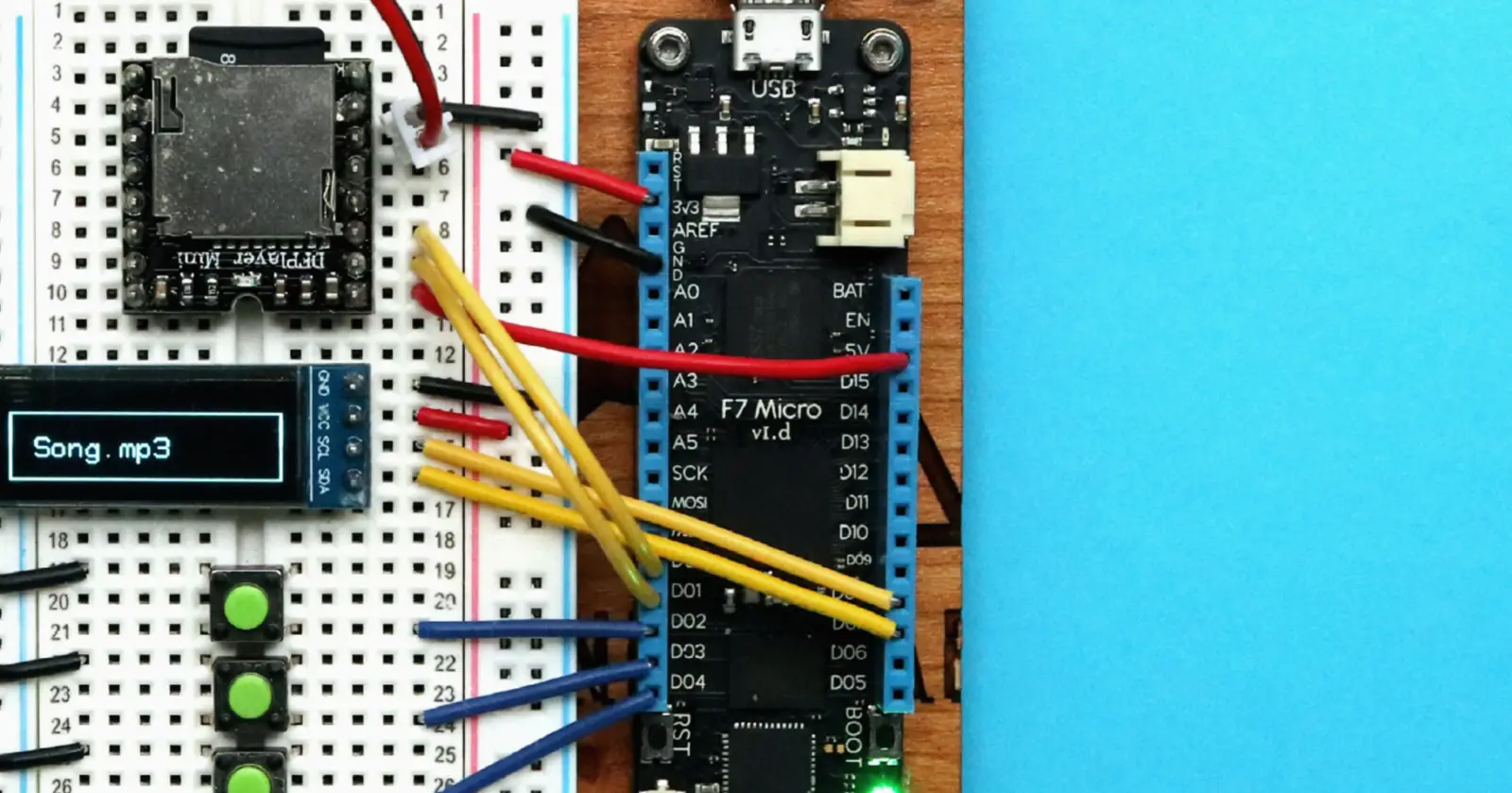Sustainable IT is a manifestation of economic models highlighting business opportunities in circular framework rather than linear processes. It is restorative and regenerative by design and aims to keep products, components, and materials at their highest utility and value at all times. Under current established economic systems, products are produced, used and discarded, a flow with an end.
This text is part of the Circular Electronics Initiative blog series. Multiple organizations stand behind this initiative that aims sto encourage organizations and consumers to take a more responsible approach to electronics.
In circular economy, things work differently; products and services in a circular economy are designed in a way that allows them to be reused, either in the biological or technical cycles.The goal is to discard nothing away and to reduce the need for purchasing new equipment, while production and transportation is best achieved with renewable energy.

The circular economy aims to inspire companies to rethink everything from manufacturing products to their relationships with customers. One clear difference is the customer’s role, the focus is no longer on consumption, but instead on the use of a function thus placing different demands on the business community to build long-term relationships in their business models. The advantage is that companies benefit from each other’s success in this cascade of different cycles.
The change itself is the challenge, but it also brings about new opportunities in infrastructure, energy and production in their adaption to fit the circular economy model. Some business models are easier than others to begin with, such as enterprises which purchases refurbished equipment, extending the life of products, components, in order to further the return of value in the procurements of equipment. In the end it is all about empowering & informing technology leaders to think and procure in a sustainable way as well as using circular business systems to build a better future.
Want to understand Circular economy better? – Download our Metro map series now to learn circular models on:




